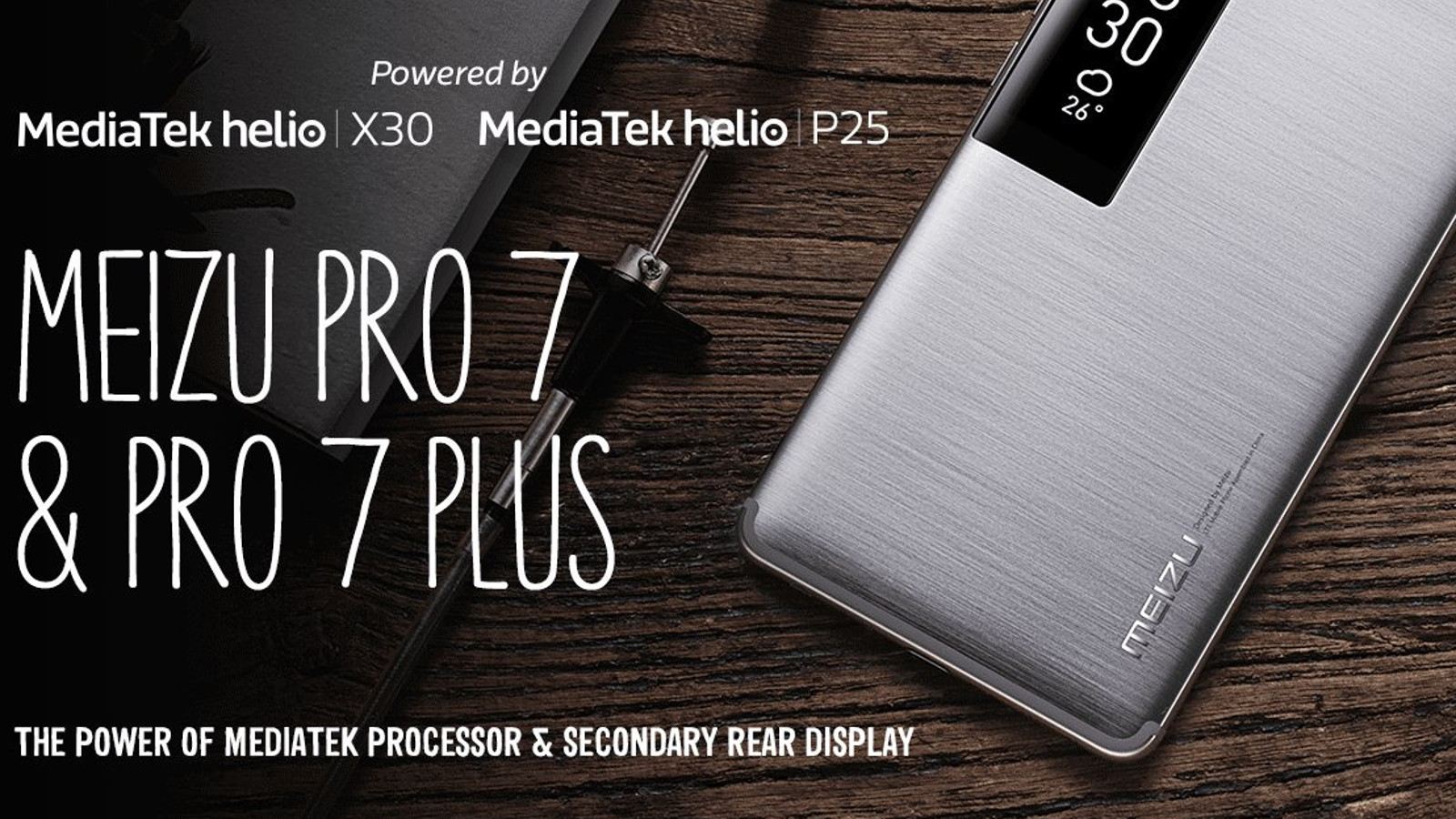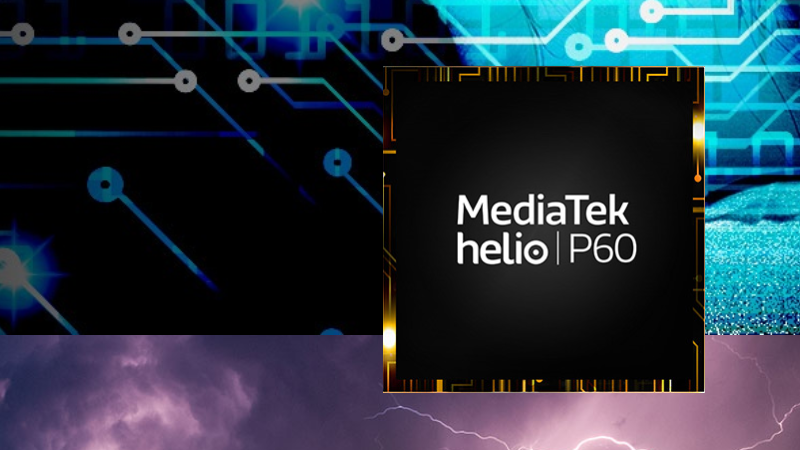Artificial Intelligence is no longer a distant promise or a Silicon Valley experiment. It’s embedded in the now. South Africans are already using generative…
Mediatek CTO Kevin Jou on Qualcomm comparisons, AI chips, more

Mediatek has changed its strategy for 2018, following a rather bruising 2017 at the high-end of the market.
We first got word of the plans at AfricaCom last year, when general manager for international sales Finbarr Moynihan revealed it would be taking a “bit of a break” from the flagship market.
But its new strategy is rather intriguing if the new Helio P60 chip, revealed at MWC, is anything to go by. Featuring dedicated AI silicon (called an APU), a powerful octacore CPU (four A53 and four A73 cores) and a 12nm manufacturing process, it’s shaping up to be a contender in the upper mid range market.
Machine learning not just for flagships
“It’s competing against the 600 series… Particularly the 660,” says Mediatek CTO Kevin Jou, referencing the Snapdragon 660 chipset from Qualcomm. The Mediatek representative also confirmed to Gearburn that the Helio P60 was cheaper than the Snapdragon 660 for OEMs.
Jou was hesitant to name clients for the new chip, but said it includes “pretty much all the major Chinese” customers, adding that the orders were better than the Helio P23 and P30 series.
We’ve also seen Huawei and Apple launch AI chips in the past six months or so. But how does Mediatek’s APU silicon fare against these processors?
“I think we compare, at least the first version, we compare roughly the same… Our next version will probably be much better,” Jou asserts.
No flagship chip this year?
We also got more clarity on Mediatek’s plans for flagship processors — will we be seeing the Helio X series in 2018?
“I can tell you there isn’t an X series in the planning right now. But what you call X or what you call P series, it’s a tricky thing. Because our P series is getting more and more powerful, right?” the CTO answered, saying they could “easily” choose to name the new P-series chip an X-series chip.
“We’ll rather go for the higher volume than the niche… like the Qualcomm (Snapdragon) 800 series. We think the Qualcomm 800 series is more like a niche market now.”
What can we expect from the firm in 2018?
“So like the P60, we have four big cores and four small cores. There will be variation of it that will go to a little bit lower end (sic),” Jou says, suggesting that we’ll see cheaper chips that have most of the P60’s features.
Could 2018 see Mediatek chips that make use of the brand new A55 and A75 CPU cores? “Likely so,” says Jou with a smile. “There’s a stronger need to bring the big core capability into mid to low segments,” he later adds.
Read more: ‘Expect double the performance from 2018’s budget smartphones’
Chip sizes are decreasing all the time, with the Helio P60 range reaching 12nm, making it smaller than the already small and efficient Snapdragon 625. But could we see 10nm designs in budget chips this year?
“Probably not. You’re gonna see more 12nm chips coming,” Jou answers. On that note, it’s worth pointing out that Ulefone was touting Mediatek’s unannounced Helio P40 and P70 chips at MWC, suggesting that these could be the 12nm chips in question.
Battling against Qualcomm
As for comparisons to arch-rival Qualcomm, the Mediatek CTO points to their modem architecture as improving over the years.
“I think we, after so many years behind them in modem development, I think we finally caught up to them. Qualcomm is still developing very high end LTE modems, but it’s a little bit doubtful whether that’s really required by the market. I don’t know how many 1Gbps LTE modems got adopted but now they announced 1.2Gbps and now they announced 2.0 (Gbps)… We have the capability to do that kind of modem now,” Jou asserts.
The graphics arena is one department that the US chipmaker tends to rule compared to other Android chipset makers. And the Mediatek CTO acknowledges this.
“That’s a comparison between our IP vendor Arm and Imagination versus Qualcomm’s Adreno. I think Adreno has some advantage, to be honest. It has a… stronger architecture…” Jou says, before adding that the power gap can be closed by adding more cores.
Qualcomm has also taken to delivering semi-custom CPU designs lately, grabbing Arm’s CPU cores and making tweaks.
“My understanding is that Qualcomm nowadays, at least for the smartphone AP [application processor – ed], they no longer do (fully custom)… They take the standard IP from Arm, tweak it and then put their own name on it… We do a similar thing but maybe to a lesser degree.”
Mediatek’s reputation for ROMs and updates
Mediatek’s chips have come under fire in recent years compared to Qualcomm’s chips, as critics assert that it’s easier to develop ROMs and release system updates for Snapdragon silicon.
“I don’t think software updates are a problem at all. A lot of it still has a little bit to do with brand image, right?” Jou claimed.
Featured image: Mediatek Facebook account
Disclosure: Hadlee Simons was a guest of Huawei at MWC 2018 in Barcelona. Read all our MWC coverage over here.



